PSD Concepts: Why You Should Conduct Vehicle Searches
PSD Concepts: Why You Should Conduct Vehicle Searches
- PSD Concepts: Introduction and Daily Routes
- PSD Concepts: How to Detect Surveillance and Counter
- PSD Concepts: Attack Recognition and the Art of the Ambush
- PSD Concepts: Why You Should Conduct Vehicle Searches
In this article we will discuss ways to check your vehicle for the three B’s: Bombs, Bananas and Bad things. If you’ve never had training on searching a vehicle this will provide you with a few basic techniques.
I say basic because thoroughly checking a vehicle takes a good amount of time, more than is realistic in most cases and circumstances.
Just like conducting route surveys you have to tailor these techniques to your situation. A PSD team may take up to 40 minutes to check a vehicle before a mission if it had to be left unattended; that’s not a reality for the average person.
Why check your vehicle?
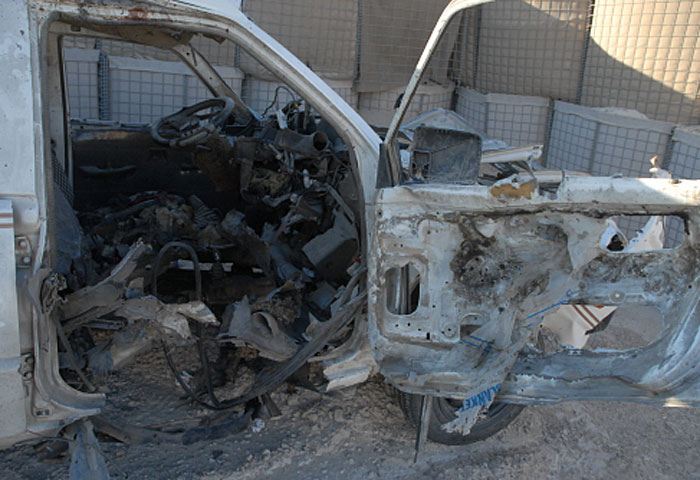
You don’t have to be a high ranking official, millionaire, or celebrity to be immune from someone tampering with your vehicle. The “bananas” in the three B’s comes from my childhood were we’d put bananas in the tailpipe of my neighbor’s car.
Two of us would plant the “fruit of the crime” and the rest would be the lookouts. It was always good for a laugh even though I don’t think the car ever backfired, shooting the banana out with a huge bang like we expected. I do remember we never got caught, even when doing it after school in broad daylight.
There are other things that can be done to your vehicle, which while not dangerous, can cause embarrassment. One of our Deputies had their license plate painted red and drove around most of the shift without noticing it. In my patrol days I took several calls where vandals painted “choice wording” on the back bumper of the victims vehicle and they drove around without a clue.
Electronic tracking devices may be another concern, but for OPSEC I’m not going to talk about checking for them.
Someone planting an IED is the worst case scenario and as you see there are other reasons to make checking your vehicle a habit. If you live or operate in a hostile environment you must consider the threat of an IED. They are by far the most effective and most common form of attack against HRP or High Risk Personal.
I don’t know about you, but I consider myself and my family as HRP. If you’re reading this article I would wager you think the same way as me.
Layers of security
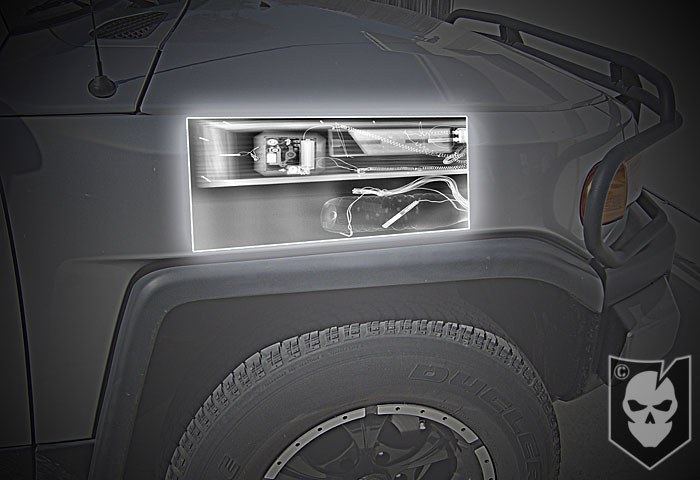
Since we are basing these articles on PSD Concepts, lets first talk about the security of your vehicle. In a perfect world you would have several layers of security and access would be tightly controlled. If the vehicle was left unattended it would be in a locked, alarmed garage. When outside the garage the vehicle would never be left without someone having control over it. I don’t have to tell you we don’t live in a perfect world, so you will have to deal with your unique circumstances.
If you park your vehicle in the garage then you’re one step ahead. If you are like me and have the garage full of everything else but a car or don’t have a garage to start with, there are still things you can do to deter someone from tampering with your ride.
One of the best (and least expensive) things you can do is adding lighting to the area where you park your vehicle. I have lights that come on automatically at night and are also motion detectors. The lighting will turn up a notch when they are set off and they can also be set to trip other devices or lights in series.
Security cameras are great and with current technology you can watch them from your iPhone. Fencing or other barriers can help but make sure they don’t provide concealment for your adversary; Out in the open is sometimes better. The more deterrents the better, but I would say lighting is a must.
What you’ll be doing is supplementing your layers of security with the search of your vehicle. Like everything else this is just one component of your overall security plan.
The Techniques
- Before we start I would highly recommend you figure out a systematic approach that works for you and use that system every time you check your vehicle. This will eliminate you forgetting an area if you are forced to rush the process.
- When leaving your vehicle make a mental note of the interior components and items. I won’t say you have to empty all your loose items out, but a clutter of things inside could be used to hide an IED.
- Take note of the location of things like the visors, gear shifter, mirrors. One trick is to open your glove box and all your storage areas so they are easy to examine later. This works if you have your vehicle in a garage but I wouldn’t recommend it if you park outside.
- This goes back to your personal threat assessment; do you think someone has the technical means to surreptitiously enter your vehicle to place an IED? Maybe, maybe not.
- Before you return to the vehicle check the perimeter. Can you tell if someone has entered the area? An IED or other lethal device may be placed near the vehicle instead of on it. Law Enforcement has seen this with shotgun shells being attached to a gate, rigged to fire when the gate was opened by police. Think outside the box when looking for suspicious items.
- You may be tempted to use your key fob to open your doors from a distance. I wouldn’t recommend this as you haven’t yet looked around the vehicle or the undercarriage. I’ve never heard of a vehicle being detonated by the victims key fob, but bad guys watch movies and it seems to be popular in Hollywood.
- Using your systematic approach, walk around the vehicle checking for anything out of place. You know your vehicle better than anyone and you should be able to pick up on anything out of the ordinary.
- Check your traps. I know you’re scratching your head so I’ll explain. Traps are things you can set up to reveal disturbances if the vehicle has been tampered with. Using tape or similar materials to help check if a door, gas cap door, hood, trunk etc has been opened or disturbed. This of course takes time and practice.
- A simple trap is looking at dust, dirt, or dew to see if someone has touched the vehicle. You can instantly tell if your neighbor’s cat has been on the hood of your car and you should be able to tell if someone was messing with your door handles.
- You can also use traps around the vehicle to check if someone has been walking near or around the vehicle. I have a sandy area between the driveway and the fence; If someone walks there I can easily tell. Traps are only limited by your imagination.
- Look through the glass to see if anything has been disturbed. Bring back that mental picture you took when you parked.
- Again using your systematic approach, check around the exterior of the vehicle. Look in the tire wells, on top of the tires, fenders, grill, bumpers, and inside the tailpipe.
- I would recommend an inspection mirror for checking the undercarriage. Once you do this on a regular basis you will become familiar with the underside of the vehicle and you will quickly be able to tell if something has been added.
- Inspect the least used door (this is usually the rear driver door). Check the handle and unlock it, only opening it slightly. Check the opening for trip wires or anything that could trigger a device when the door opens. I use a lightweight zip-tie to probe the area but a credit card or business card will work as well. The other doors can be cleared from the inside if everything here checks out.
- Check under the seats for a pressure activated device then check the seats themselves. Check under the dash and trim panels, the glove box and other storage areas; Check the remaining doors. If you have a rear seat either check under it or make sure it hasn’t been unhooked from its mounts.
- Check the trunk the same way you checked the first door. Look though the trunk making sure the trim panels haven’t been tampered with. Look at the screws that hold the panels in place and make sure there are no tool marks or shiny spots on the hardware. You would be surprised at the amount of room behind those panels. Check the rear area of the back seat and under the package tray. Check the spare tire.
- Open the hood the same way as the door and trunk. Systematically check the engine for new wires or disturbances. Like the traps it should be easy to tell if someone has been working under the hood. Check for tool marks or missing screws/bolts. Check the space between the radiator and air conditioning condenser.
- Check the fuel door in the same manner.
- Remember you know your vehicle more than anyone (or you should) so get acquainted with it. Take photos for comparison if you have to.
Whew, that’s all there is to it! I know there is a lot to checking a vehicle and as you see this takes a nice chunk of time. You will have to decide what techniques you will use on a daily basis and which ones you can bypass. This will be dependent on your threat level and what you feel comfortable with.
If you happen to be under surveillance during the selection phase they are going to see you checking your vehicle and realize they are dealing with someone dialed in on personal security. Make them move on to someone else!
What if you find something?
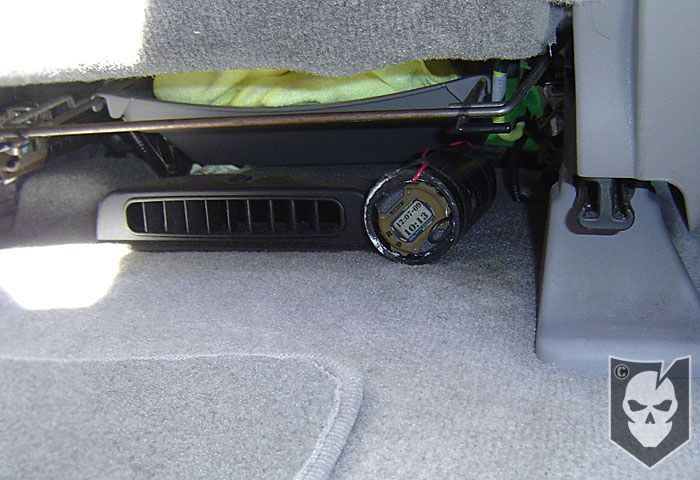
There are really only a few reasons for someone to be tampering with your vehicle. The lesser evils are a burglar, or the repo man trying to get his car back… you did make that car payment didn’t you? The repo man is most likely going to drive away with the car so you can almost rule that out. Another would be a vandal but that will be plainly obvious.
In my mind, anything out of place indicates someone has tampered with the vehicle and a device may be present. It’s dependent on your situation and threat level on how you will handle this.
If you find wires going to a metal pipe with a ticking clock then its time to call the local authorities after you have unassed the area. A simple tampering is going to be investigated by you.
Notes
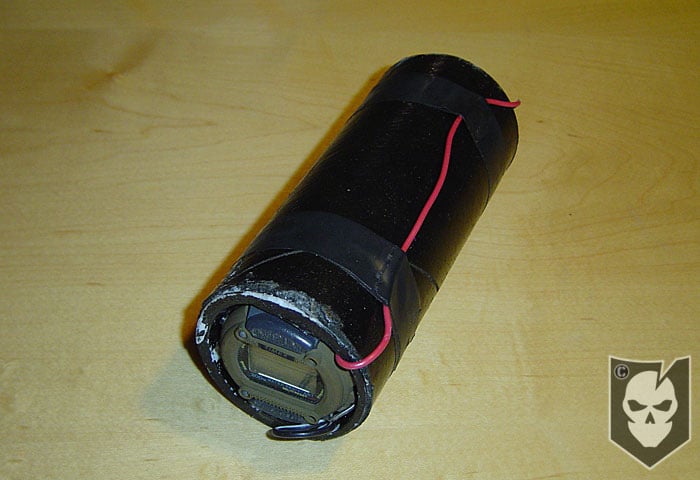
I want to add this last thought as it’s something that could have turned out very badly for our PSD team at CENTCOM. We were having some issues with agents not checking our CONUS vehicles very well before movements. Being the resourceful NCO I was, I found some materials to make a “training” IED to place under our vehicles. I wanted to make a point with some of our new agents.
A couple of us went out to one of our vehicles and placed the “IED” under the back bumper in a place that should have been pretty conspicuous. We then went to PT and laughed at the thought yelling BOOM when the new guys got in to drive off.
We later returned to find the vehicle unexpectedly gone. When the new guys came back we went out to show them they would have been minced meat, only to find the “IED” gone. They admitted they didn’t check the vehicle that morning and then it hit me that the thing must have fallen off during the drive.
I knew it was going to end badly if someone found this training aid lying in the road at MacDill AFB right after 911. As luck would have it I located the “IED” on the road at the main entrance to the parking lot. It had been sitting there right in the middle of the parking lot for about 45 minutes.
This illustrates that complacency can get you a real jam (if not dead if it was real). Along with that it made me wonder how everyone drove past a “pipe bomb” in the road without noticing it. Also, if you are going to make something as a training aid, please make sure it is tightly controlled.
Please leave your thoughts, comments, or personal experiences in the comments below and stay safe out there!






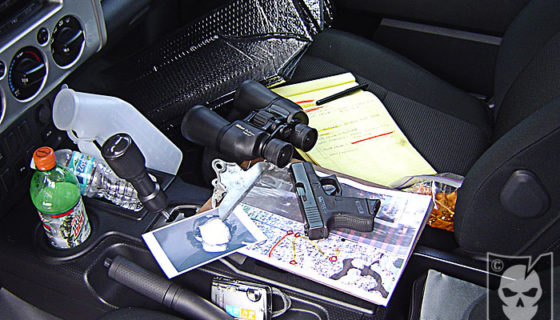
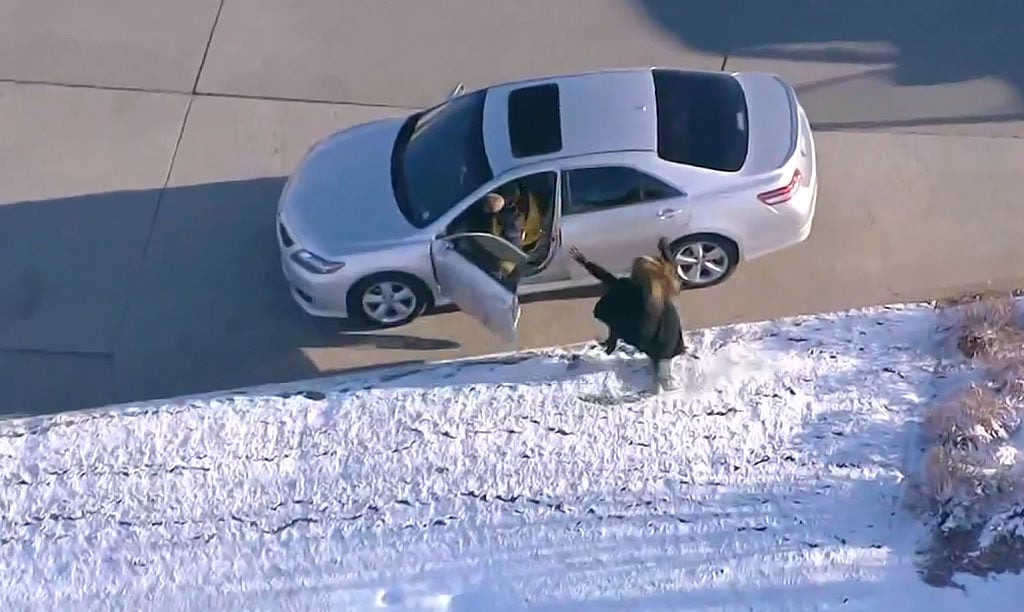

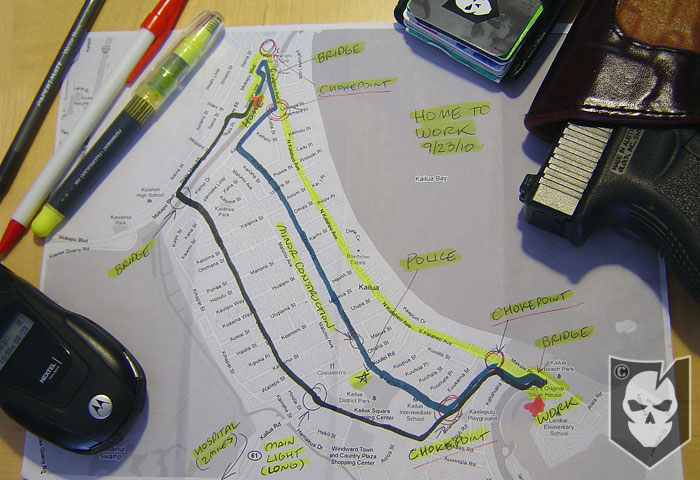

Discussion